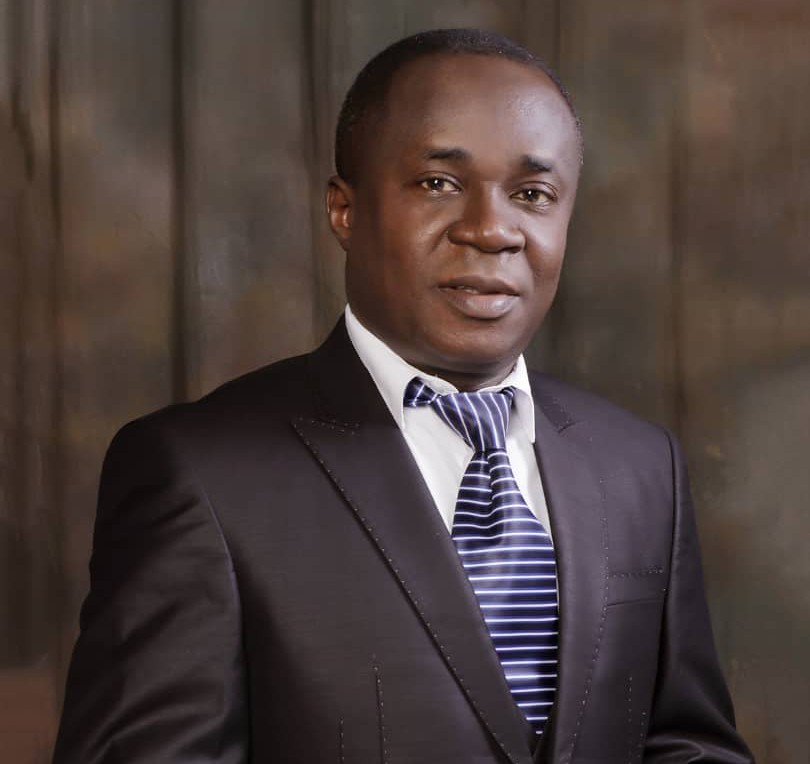OPINION: Why Recent Cut In MPR May Not Reflect In Lending Rates -Prof. Uwaleke

Rising from its meeting of 28th May 2020, the Monetary Policy Committee of the Central Bank of Nigeria put forward persuasive arguments to justify the decision to cut the Monetary Policy Rate by 100 basis points from 13.5% to 12.5%.
Against the backdrop of the negative impact of the coronavirus pandemic on the economy, the MPC recognized the need not to slowdown the trajectory of the weakened economy and ‘signal a direction towards immediate recovery’.
To this end, the MPC had argued that ‘an accommodative stance, through a lowering of the policy rate will stimulate credit expansion to critically important sectors that will also stimulate employment and revive economic activity for quick growth recovery’.
Herein is the challenge: whether a marginal cut in MPR will translate to a commensurate reduction in banks’ lending rate remains to be seen.
Empirical studies provide evidence of weak pass through of MPR to lending rates in Nigeria. In a study on the ‘effects of the monetary policy rate on interest rates in Nigeria’ published in the International Journal of Business and Finance Research in 2014, Kelilume, employed monthly data from M1 2007 to M9 2012 to show that ‘the pass-through of monetary policy rate into short term and long term retail interest rates in Nigeria is sticky’ attributing the low effect to the ‘presence of high menu and transaction cost and imperfect financial market condition’.
This finding is consistent with an earlier study by Salami and Kelikume in 2012 which came to the conclusion that the ’continuous use of monetary policy rate to maintain price stability is not likely to yield the desired medium to long-term monetary policy goals’.
Indeed, this weak transmission is not peculiar to Nigeria. Generally, for structurally weak economies, there is a large body of research which support the view that interest rates are sticky downwards. By implication, a lower policy rate does not necessarily transmit into lower retail lending rates.
This position is also canvassed by Y. Reddy, former Governor of Reserve Bank of India who points out that ‘reduction in interest rates by itself does not increase credit flow owing to rigidities in the economy’. These ‘rigidities’, heightened by infrastructural deficits, are quite pronounced in sub-Saharan Africa.
Asked why the reduction in the MPR of Bank of Ghana (BoG} by 150 basis points (from 22.5 per cent in May to 21 percent in July 2017), did not positively reflect in the lending rates of the commercial banks to the private sector, the Governor of BoG, Ernest Addison, noted that commercial banks had some other operating costs to grapple with.
Given the current financial position of DMBs in Nigeria, chances are that the risk-averse banks, still battling with high non-performing loans (well above the regulatory threshold of 5 per cent) as well as a creeping rise in cost of operations (no thanks to epileptic power supply), would rather apply a lower MPR to cushion these costs than pass any basis-point cut to borrowers- the major reason the recent cut in MPR may not result in lower lending rates by the Deposit Money Banks.
Interestingly, in deciding to cut the MPR in May 2020, the MPC seemed to forget a key argument it canvassed only two months earlier with respect to tinkering with the MPR. In its Communique of 24th March 2020, the MPC had contended that while ‘an increase in MPR will be taken by the Deposit Money Banks (DMBs) as in invitation to increase lending rates and this will be most undesirable at this point in time when efforts are being made to avert a recession, a reduction in the MPR, will not encourage the Deposit Money Banks to reduce lending rates. But other strategies of the CBN are making the DMBs to reduce lending rates in furtherance of the growth objective’.
This position was buttressed by Mike Obadan, a member of the MPC, in his personal statements relating to the same meeting in which he maintained that whereas ‘raising the MPR will be interpreted by the deposit money banks (DMBs) as a signal to raise their lending rates which will neutralise the gains under the Loans-to-Deposit Ratio policy.
Reducing the MPR to entice DMBs to reduce lending rates will be an academic exercise as they relate to the MPR in an asymmetrical way’.
In view of the inelastic nature of the relationship between the MPR and credit to private sector, monetary policy loosening via the Cash Reserve Requirement would appear more effective especially against the backdrop of the Committee’s observation in its May Communique that ‘there was relative scope for increased money supply to fund economic activities and boost output recovery’.
Uche Uwaleke is a Professor of Capital market at the Nasarawa State University Keffi and the President of the Association of Capital Market Academics of Nigeria.






